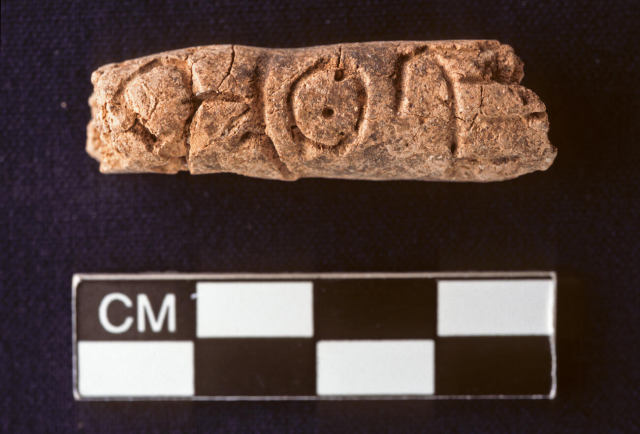The lifehistory 'curve of happiness' does not look the same in non-industrialised populations. Interesting comparative study by #MichaelGurven Not really surprising, a bit stunning that there is any assumption Western lifestyles represent some kind of 'universal'?!
'In our study, we found that happiness levels did not consistently follow the U-shaped trajectory commonly observed in industrialized societies. In some cases there was a U-shape. But more often we observed an inverted U-shape, where middle-aged adults reported the highest level of happiness, or no significant age-related trend at all.
Overall, well-being often declined after middle age among resource-poor populations lacking social security and other institutionalized forms of protection. This aligns with prior research among low-income countries and even of wealthy nations during economic crises.
That being said, age itself was a weak predictor of life satisfaction everywhere. Sickness, disability and loss in productivity do a better job of explaining well-being than age. In fact, the few positive effects of age we did find usually disappeared when including measures of these misfortunes in our analysis.'
#anthropology #age #happiness #globalsouth
theconversation.com/happiness-…

Happiness in poorer countries does not follow the typical U-shaped curve − people are often happiest in middle age
In nonindustrialized societies, health, productivity and economic security play much larger roles in determining happiness among aging populations, a new study finds.The Conversation


